The Wallis Annenberg Center for the Performing Arts, led by its first Artistic Director, Paul Crewes and joined Los Angeles Magazine partnered to present CENTER STAGE: Mapping the Ecology of Dance in L.A. Scheduled for 9 AM, the event was hosted by Managing Director of the Wallis, Rachel Fine and moderated by Arts and Culture Editor for Los Angeles Magazine, Marielle Wakim. It soon became clear that they were unaware who was seated in the audience. This was a free event and open to the public. I do not believe, however, that these two organizations and a few of the panelists realized the early morning discussion had drawn practically every major Los Angeles dance company director/choreographer, independent dance artist or their representative. As a colleague observed, “there is almost every mover and shaker of the LA dance scene in this audience today.” Due to the city’s size and make up, this gathering of LA dance luminaries was a rare accomplishment.
The program was divided into two panels with each one introduced and asked a series of questions by Ms. Wakim. Each panel discussion was to be followed by a short period of questions from the audience. Panel one was comprised of Paul Crewes; Renae Williams Niles, Chief operating Officer for the USC Glorya Kaufman School of Dance and beloved promoter of dance in Los Angeles; Theresa Farrell, dancer and Executive Director of American Contemporary Ballet; Lincoln Jones, Artistic Director and Choreographer of American Contemporary Ballet; and Ana Maria Alvarez, dancer, choreographer and founder of CONTRA-TIEMPO Urban Latin Dance Theatre.
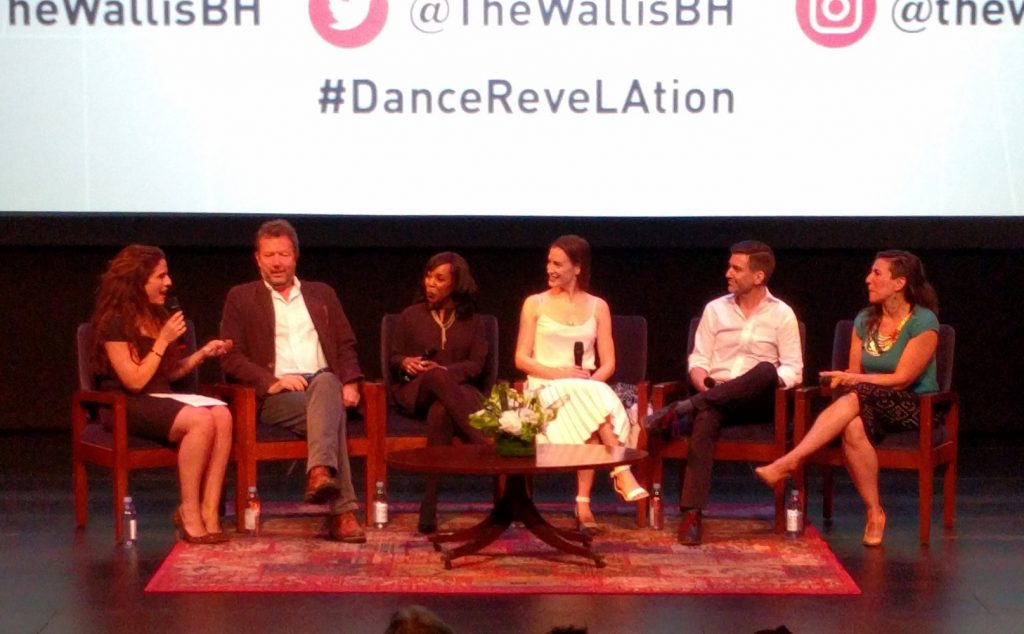
(L to R) Moderator Marielle Wakim, Panelists Paul Crewes, Renae Williams Niles, Theresa Farrell, Lincoln Jones, Ana Maria Alvarez – Center Stage: Mapping the Ecology of Dance in L.A. – Photo: LA Dance Chronicle
Some of the responses from this panel made it glaringly obvious that one or two of them had no clear concept of the history of dance in Los Angeles, the current dance scene or the financial hurtles that face even the companies that have been active here since the late 1970s. These ill-informed comments were addressed tactfully by Renae Williams Niles and more directly by Ana Maria Alvarez. By the end of this panel’s turn the tension in the audience had become notable. We had heard these misconceptions before. We had addressed them many times before, only to have them fall on deaf ears. Modern dance began in Los Angeles and our educational institutions train a large cross-section of this nation’s dancers. Los Angeles is no longer “the wild west” and its dance artists do not depend on what is happening in New York City for their creative inspiration.
The second panel included the Director of Performing Arts for the Los Angeles Department of Cultural Affairs, Ben Johnson; the renowned dancer, actress, choreographer, dance education, US Cultural Ambassador of Dance and winner of many esteemed awards, Debbie Allen; dancer, choreographer and television producer and three time Emmy winner for American Idol and So You Think You Can Dance, Nigel Lythgoe Obe; and internationally celebrated arts patron Glorya Kaufman whose donation recently helped create the endowment for the USC Glorya Kaufman School of Dance and its new facility.
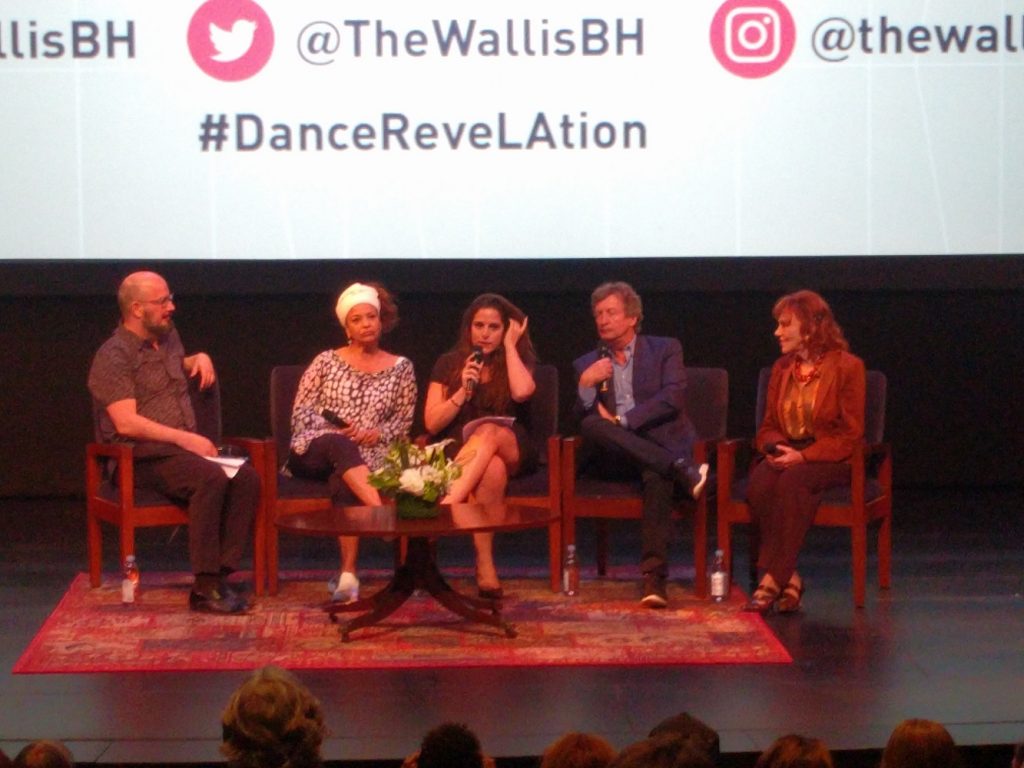
Panelists (L to R) Ben Johnson, Debbie Allen, Moderator Marielle Wakim, Nigel Lythgoe Obe, Glorya Kaufman – Center Stage: Mapping the Ecology of Dance in L.A. – Photo: LA Dance Chronicle
Again, some of the responses to basic questions regarding the current dance scene in Los Angeles pushed the artists in the audience to the boiling point. When one panelist remarked that what the city needed was to present dance festivals, the tension bubble burst and those in the audience took over control of the discussion. This “rebellion” was led by LA’s Modern Dance icon Lula Washington. Ms. Washington jumped to her feet and made it clear to this panel that the dance community had attended similar discussions numerous times, heard these problems repeatedly addressed, but without anyone in power or with the financial means acting to solve them. She was articulate, straight forward and without being disrespectful to the panel, let it be known that the talking had to stop and that the action had to begin. To the rest of those artists in the audience she said, “We are the ones who need to come together and solve these problems!’
Other members of the dance community spoke while the panelists sat there somewhat stunned by what was transpiring. Ben Johnson politely set the record straight about the history of dance in LA and Debbie Allen rose to the occasion suggesting that the artists leave their names and email addresses with her and that she would arrange another meeting at the Wallis on Sunday the 20th. True to her word, Ms. Allen sent out an email that very night to everyone on her list. With all due respect to Ms. Allen, however, a three day notice is far from ample time for everyone to rearrange their busy schedule.
Many dance artists have been producing dance festivals for years in Los Angeles. My company performed on Dance Kaleidoscope during the late 1970s and early 1980s at the John Anson Ford Theaters. Deborah Brockus of BrockusRED has produced over 40 festivals throughout the city, including the Los Angeles Dance Festival Series. Licia Perea is the producer of Shut Up & Dance and BlakTina Dance Festival. For 10 years Jamie Nichols produced Celebrate Dance. The list goes on.
Dance artists in Los Angeles have learned to improvise when it comes to creating and presenting their work and they follow in the footsteps of Los Angeles dance legends as Ruth St. Denis, Ted Shawn, Alvin Ailey, Lester Horton and Bella Lewitzky. The word about dance in Los Angeles is finally out and it is drawing dancers and choreographers from all around the world.
What these recent arrivals need to realize is that we have a strong history going back decades and that despite the false notions spread by those who know not of what they speak, these incredibly talented dance artists, who have lived and worked in Los Angeles for decades have much to teach them and to contribute to the art of dance. They are, of course, welcome, but they should first look around, educate themselves about our history and what is going on here, and learn to effectively contribute to and enrich Los Angeles Dance Art, and yes, even themselves.
If this event proved nothing else, it demonstrated that every artist in that audience was on the same page, felt the same way about what was being said onstage and refused to let it pass by without responding. I, for one, was very proud to be in that audience to witness the local dance community taking control of the narrative.
Feature photo by LA Dance Chronicle

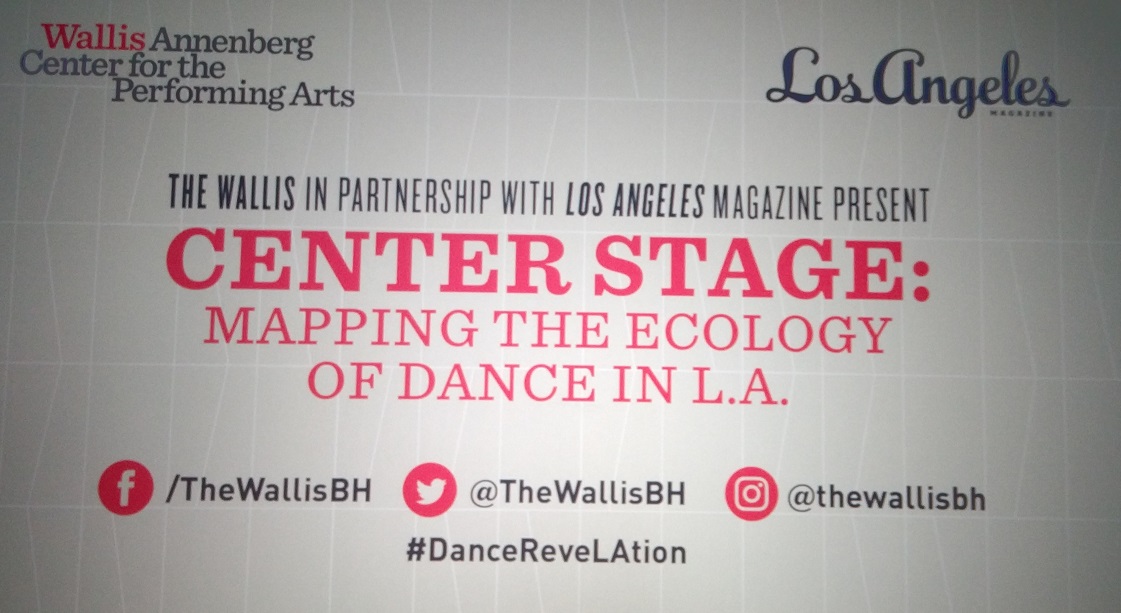
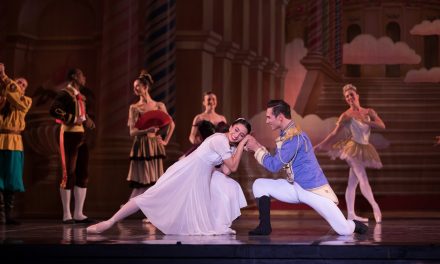
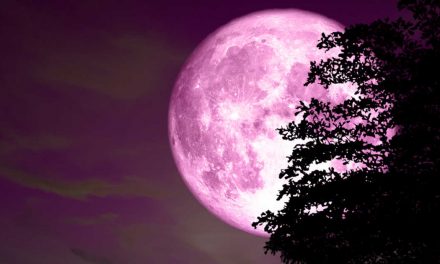
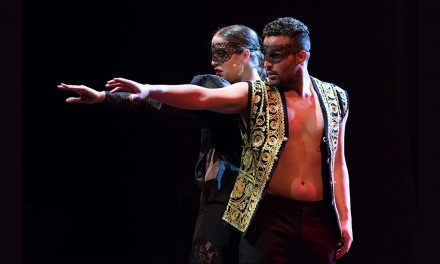
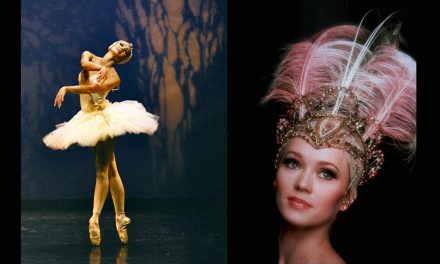


Jeff, thank you so much for your even-handed reporting on this and I’m glad my colleagues (right-on Lula!) were able to stop the show and administer some needed teaching. Unfortunately I had a feeling it would turn out as it did — doomed to repeating the unknown history of the past. Recent years of research have led me to some of LA’s dance history of the 30’s – 60’s, that some of us baby-boomers growing up elsewhere (me ) were ill-informed. Although right to try to energize the community and create a larger audience, were perhaps a little arrogant in thinking it had been a complete dance desert here in those decades or that LA didn’t attract famous artists who started companies. People come and go or stay and do what they can. 40 years ago weeks could by without a dance performance in sight and now there are events every weekend, both local or imported. The newer people in town on the panel stand on the shoulders of many, many others — dancers, choreographers and presenters — and of some amazing and memorable work.
I was unable to attend this meeting, and it sounds like it was an important one. I do hope that dance folks get together to take hold and shape their community. It is very hard, since all of us spend so much energy simply finding the means and getting the work out there. But it is extremely important. As former Chair of the Boston Dance Alliance, I found that the powers that be do become responsive to artists’ needs if the artists speak with a unified voice. I will be looking to involve myself in any community meetings that try to frame a platform for supporting artist-driven dance activity in the LA area.
As to my credentials to speak on this issue, I have been producing dance in LA for 28 years, and I have coordinated two long running dance series: Festival of Solos & Duets and the Brand Library’s Dance Series. Until somewhat recently, I found the LA dance scene to be a bit dog-eat-dog, but I feel a sea change and I think it is related to numbers. We have more dancers and choreographers and new people coming here all the time. I think we’ve reached some critical mass where we can all join together to promote ideals held in common. Strangely enough, I found New York years ago to be the friendliest of dance communities; it is the small-pie places where politics is so thick.